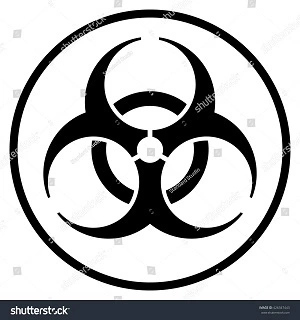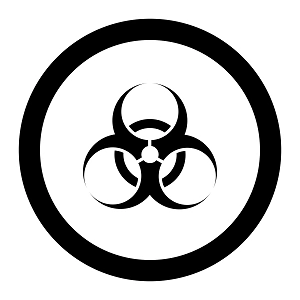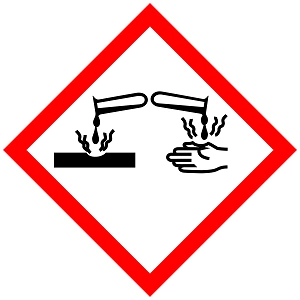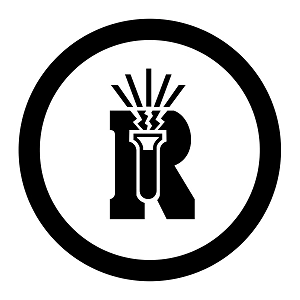WHMIS Symbols are symbols representing the different hazard categories in the Canadian standard (WHMIS 2015 regulation) used in the classification and labeling of chemicals.
What is WHMIS
WHMIS which represents (Workplace Hazardous Materials Information System) is a hazardous product regulation system that helps identify the hazards of products like chemical and infectious agents. WHMIS groups products with similar properties or hazards into classes. This hazardous products regulation specifies the criteria used to place products within each classification. WHMIS classifications are made by the manufacturer or supplier for products to be used in Canada.
Read Also: 21 Important safety symbols and their meanings
Why WHMIS Symbols are important
The WHMIS symbol is very important because it
immediately show the user of a hazardous product what type of hazard is present with a glance.
Read Also: How to test for Radon gas in your home and in the blood
8 Main WHMIS symbols and their classes
-
Gases under pressure – Class A
2. Flammable and Combustible Material – Class B
Flammables (gases, aerosols, liquids, solids), Pyrophoric (liquids, solids, gases), Self-reactive
substances and mixtures, Self-heating substances and mixtures, Substances and mixtures which, in contact with water, emit flammable gases, Organic peroxides.
3. Oxidizing Material – Class C
Oxidizing (liquids, solids, gases)
4. Poisonous and Infectious Material (causing immediate and serious effects) – Class D1
Acute toxicity (fatal or toxic)
5. Poisonous and infectious materials (causing other toxic effects) – Class D2

Acute toxicity (harmful), Skin irritation, Eye irritation, Skin sensitization, Specific target organ toxicity – single exposure (respiratory irritation or drowsiness or dizziness)
6. Biohazardous infectious materials – Class D3

7. Corrosive Material – Class E

Corrosive to metals, Skin corrosion, and Serious eye damage.
8. Dangerously Reactive Materials – Class F

Self-reactive substances and mixtures, Organic peroxides.
Read Also: Chemical Safety – 6 Very Useful Chemical Safety Tips
Do you need more information about the WHMIS 2015 regulation?
Download the PDF copy of the WHMIS regulation here – Download
Related Posts
How Often Should Health And Safety Policy Be Reviewed
Purpose of the Community Safety Education Act
ISO 45001:2018 PDF Free Download
List Of Health And Safety Legislation
